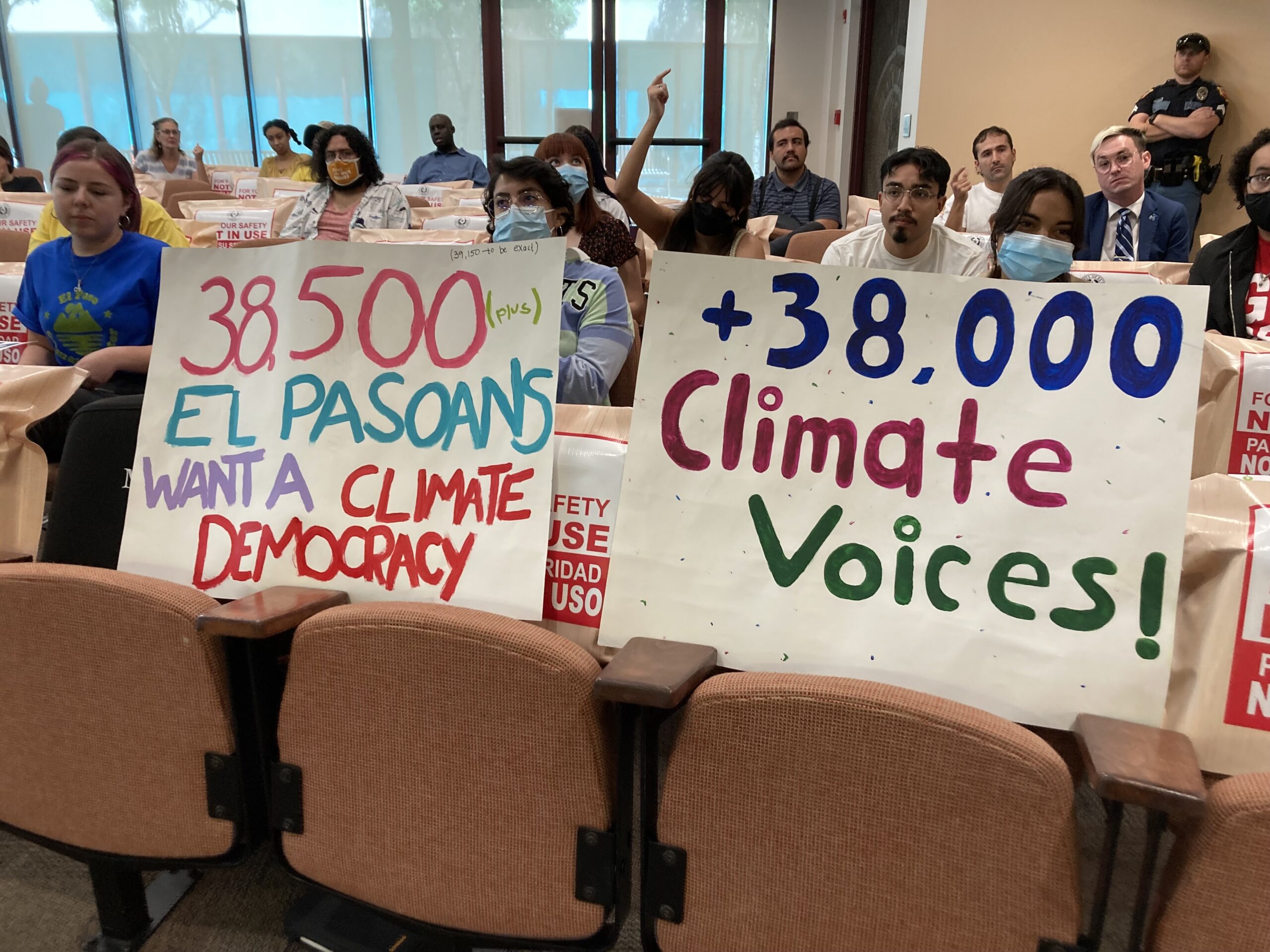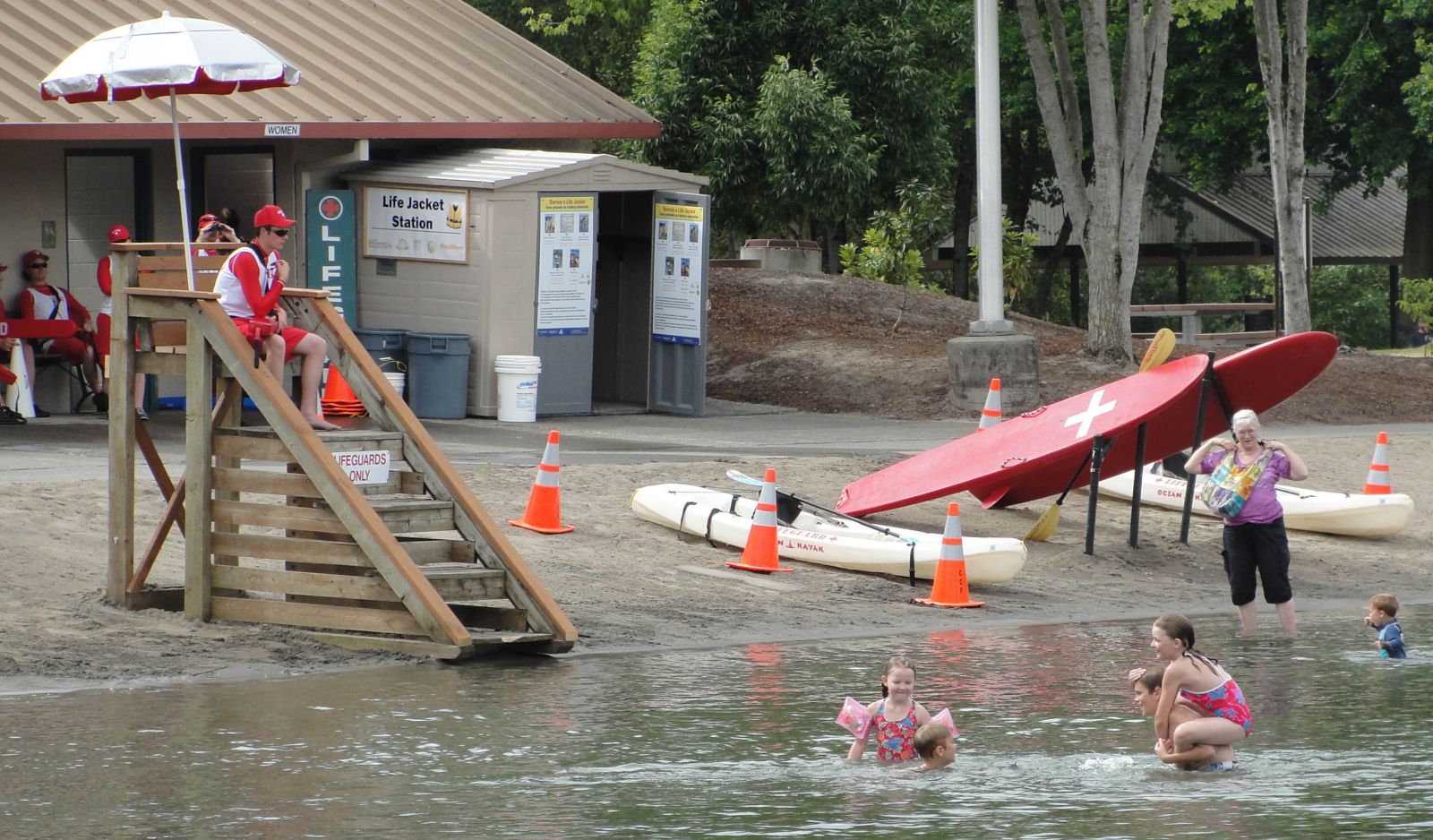Report on Texas Water Management Strategies and Alignment with Sustainable Development Goals
This report analyzes the State of Texas’s legislative and strategic initiatives to address its escalating water crisis, with a specific focus on the implications for and alignment with the United Nations Sustainable Development Goals (SDGs). The information is based on an analysis by Elizabeth Fazio Hale, CEO of the Gulf Coast Authority.
1. Legislative Framework and Investment
On June 18, Governor Greg Abbott enacted Senate Bill 7, a significant legislative measure designed to address the state’s water challenges. This initiative establishes a robust financial framework for water security.
- Initial Investment: An allocation of $1.7 billion into the new Texas Water Fund.
- Long-Term Funding: A recurring commitment of $1 billion for the next two decades dedicated to water infrastructure projects.
This investment is a foundational step towards building resilient infrastructure, directly contributing to SDG 9 (Industry, Innovation and Infrastructure) and SDG 6 (Clean Water and Sanitation).
2. Core Challenges to Water Sustainability in Texas
Texas faces a dual challenge of decreasing supply and increasing demand, threatening its progress towards several SDGs.
- Climate Impact: Consecutive years of severe drought and high temperatures are depleting water reservoirs, highlighting the state’s vulnerability to climate change and the urgent need for action under SDG 13 (Climate Action).
- Population and Economic Growth: As the fastest-growing state, Texas anticipates an influx of 3-5 million new residents over the next decade. This growth, coupled with the expansion of high-tech industries (e.g., data centers, manufacturing), places immense pressure on water resources, challenging the objectives of SDG 11 (Sustainable Cities and Communities) and SDG 8 (Decent Work and Economic Growth).
- Industrial Water Demand: The proliferation of water-intensive industries, while beneficial for economic growth, requires sustainable production patterns to avoid resource depletion, a key concern of SDG 12 (Responsible Consumption and Production).
3. Strategic Solutions and Contribution to SDGs
The funding from SB 7 is earmarked for a portfolio of projects aimed at enhancing water management and promoting sustainability.
3.1 Infrastructure Modernization
A primary focus is on repairing aging and inefficient infrastructure, such as leaking pipes, and reinforcing rural water systems. These efforts are critical for water conservation and ensuring equitable access, aligning with the core targets of SDG 6.
3.2 Advancing Water Reuse Technology
A key strategy is the promotion of next-generation water supply solutions, particularly water reuse. This involves treating wastewater to a high standard for various applications:
- Agricultural and landscape irrigation
- Industrial processes and cooling for data centers
- Groundwater replenishment
By creating a circular water economy, this approach directly supports SDG 12 (Responsible Consumption and Production) by reducing the demand for fresh water and taking pressure off potable water systems.
4. Case Study: El Paso Water’s Pure Water Center
El Paso Water is identified as a leader in implementing advanced water management strategies. The utility’s Pure Water Center, scheduled to open in 2028, will treat recycled water to potable standards, supplementing the city’s drinking water supply. This project serves as a model for how urban areas can leverage technology and innovation (SDG 9) to create a sustainable and resilient water supply for their communities (SDG 11).
5. Policy Recommendations for Sustainable Water Future
To ensure long-term water security and continued economic prosperity, further policy actions are recommended to accelerate the adoption of sustainable water practices.
- Incentivize Water Reuse: Implement state and federal tax incentives to encourage private sector investment in water reuse technologies, fostering responsible production patterns as outlined in SDG 12.
- Support Innovation: Advocate for continued public and private support for the development and deployment of next-generation water solutions, reinforcing the goals of SDG 9.
- Integrated Water Management: Promote a holistic approach that considers the water needs of municipalities, agriculture, and industry to ensure equitable and sustainable resource management, which is central to achieving SDG 6.
Failure to implement these measures risks limiting Texas’s economic growth, undermining community resilience, and impeding progress toward the Sustainable Development Goals.
Analysis of Sustainable Development Goals in the Article
1. Which SDGs are addressed or connected to the issues highlighted in the article?
-
SDG 6: Clean Water and Sanitation
This is the most prominent SDG in the article. The entire text revolves around the “looming water shortage crisis in Texas,” the need for sustainable water management, and investments in water infrastructure. It directly addresses issues of water supply, wastewater treatment, and water reuse, which are central to SDG 6.
-
SDG 9: Industry, Innovation and Infrastructure
The article highlights significant investments in infrastructure through “Senate Bill 7,” which allocates billions to the “Texas Water Fund” for projects like “fixing leaking pipes” and building new systems. It also emphasizes innovation, such as “next-generation water supply solutions like water reuse” and “new water treatment technologies,” which are key components of SDG 9.
-
SDG 11: Sustainable Cities and Communities
The article connects water scarcity to rapid population growth, noting that “Texas attracts more new residents than any other U.S. state.” It discusses how cities like El Paso are planning for the future with projects like the “Pure Water Center” to supplement the city’s drinking water supply, directly addressing the need for resilient and sustainable services for urban populations.
-
SDG 13: Climate Action
The water crisis is explicitly linked to climate-related issues. The article mentions “brutally hot and dry summers back-to-back” and “more frequent and severe droughts” as key drivers of the water shortage. The legislative actions and infrastructure projects described are adaptive measures to build resilience against these climate impacts.
2. What specific targets under those SDGs can be identified based on the article’s content?
-
SDG 6: Clean Water and Sanitation
- Target 6.1: Achieve universal and equitable access to safe and affordable drinking water for all. The article addresses this by highlighting the threat of a “looming water shortage crisis” and the state’s efforts to secure a “long-term water supply” for a growing population.
- Target 6.3: Substantially increase recycling and safe reuse. This is a central theme. The article extensively discusses “water recycling, or reuse,” and highlights El Paso Water’s “Pure Water Center” which will “purify recycled water to the highest standard to supplement the city’s drinking water supply.”
- Target 6.4: Substantially increase water-use efficiency and ensure sustainable withdrawals. The article points to the need to “treat water like a valuable and finite resource” due to rising demand from population and industry. The plan to support projects for “fixing leaking pipes” is a direct effort to increase efficiency.
- Target 6.5: Implement integrated water resources management. The creation of the “Gulf Coast Authority” by the Texas Legislature and the passing of a statewide “Texas-size water package” (Senate Bill 7) demonstrate the implementation of water management at a state level.
-
SDG 9: Industry, Innovation and Infrastructure
- Target 9.1: Develop quality, reliable, sustainable and resilient infrastructure. The article explicitly mentions the investment of “$1.7 billion into the Texas Water Fund as well as a recurring $1 billion dedicated to water infrastructure for the next 20 years” to build resilient water systems.
- Target 9.4: Upgrade infrastructure and retrofit industries to make them sustainable. The focus on “next-generation water-reuse solutions” for industries like data centers and manufacturing plants is a direct call to adopt cleaner and more resource-efficient technologies.
-
SDG 11: Sustainable Cities and Communities
- Target 11.5: Significantly reduce the economic losses and number of people affected by disasters, including water-related disasters. The article frames the water shortage as a potential crisis driven by “more frequent and severe droughts.” The investments and policies are proactive measures to mitigate the impacts of this slow-onset, water-related disaster.
-
SDG 13: Climate Action
- Target 13.1: Strengthen resilience and adaptive capacity to climate-related hazards. The entire strategy outlined in the article, from investing in infrastructure to promoting water reuse, is a direct response to strengthen Texas’s resilience to the “brutally hot and dry summers” and “severe droughts” that are becoming more frequent.
3. Are there any indicators mentioned or implied in the article that can be used to measure progress towards the identified targets?
- Financial Investment in Infrastructure: The article provides a clear financial indicator for Target 9.1. Progress can be measured by the disbursement of the “$1.7 billion” initial investment and the recurring “$1 billion” for water infrastructure projects.
- Volume of Reused Water: For Target 6.3, the development of facilities like the “Pure Water Center” implies an indicator: the volume or percentage of municipal and industrial wastewater that is safely treated and reused. The article notes that private-sector industrial developers are increasingly seeking “to employ water reuse to supply their operational needs,” suggesting this is a trackable metric.
- Reduction in Water Loss: The plan to fund projects for “fixing leaking pipes” implies an indicator for Target 6.4 related to water-use efficiency. Progress could be measured by the percentage reduction in non-revenue water or water lost through infrastructure leakage.
- Implementation of Water Management Strategies: For Targets 6.5 and 13.1, the signing of “Senate Bill 7” into law serves as a policy indicator. The number of projects funded through the Texas Water Fund and the establishment of new water reuse facilities are tangible indicators of the strategy’s implementation.
4. Summary Table of SDGs, Targets, and Indicators
| SDGs | Targets | Indicators Identified in Article |
|---|---|---|
| SDG 6: Clean Water and Sanitation | 6.3: Increase water recycling and safe reuse. 6.4: Increase water-use efficiency and address water scarcity. |
– Development of new water reuse facilities (e.g., El Paso’s Pure Water Center). – Volume of recycled water used for industrial and municipal purposes. – Reduction in water loss from fixing leaking pipes. |
| SDG 9: Industry, Innovation and Infrastructure | 9.1: Develop quality, reliable, sustainable and resilient infrastructure. 9.4: Upgrade infrastructure and adopt clean technologies. |
– Financial investment in water infrastructure ($1.7 billion + $1 billion recurring). – Adoption of water reuse technologies by new high-tech industries (data centers, manufacturing). |
| SDG 11: Sustainable Cities and Communities | 11.5: Reduce the impact of water-related disasters. | – Implementation of state-level plans (Senate Bill 7) to mitigate the effects of drought on the population. |
| SDG 13: Climate Action | 13.1: Strengthen resilience and adaptive capacity to climate-related hazards. | – Creation of a statewide water fund and policy as a direct response to “more frequent and severe droughts.” |
Source: elpasomatters.org







